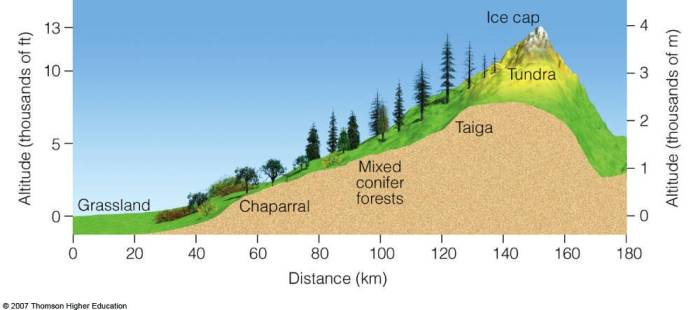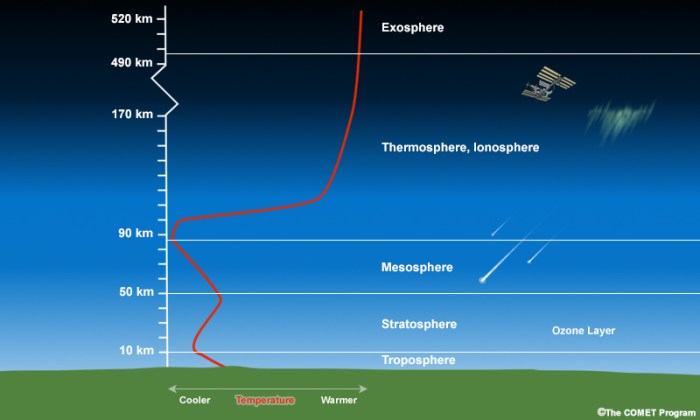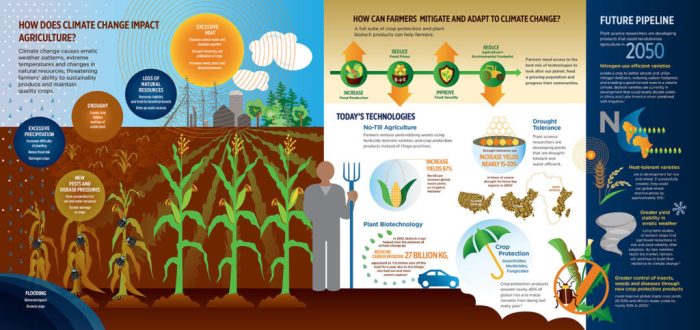How does vertical zonation affect agriculture? This question unveils the intricate relationship between altitude and agricultural productivity. Vertical zonation, the variation in climate and vegetation with altitude, profoundly influences crop selection, management practices, and the impacts of climate change on agriculture.
Understanding vertical zonation empowers farmers to optimize crop production, mitigate climate change impacts, and ensure food security in diverse regions.
Vertical Zonation in Agriculture: How Does Vertical Zonation Affect Agriculture

Vertical zonation refers to the distinct agricultural zones that exist at different altitudes in mountainous or hilly regions. It results from variations in climate and environmental conditions with increasing elevation.
Factors influencing vertical zonation include altitude, temperature, precipitation, and soil conditions. Higher altitudes generally experience lower temperatures, increased precipitation, and thinner soils, leading to distinct vegetation and agricultural practices.
Impact on Crop Selection
Vertical zonation significantly affects the types of crops that can be grown in different regions. In general, crops adapted to cooler climates and shorter growing seasons are found at higher altitudes, while crops suited to warmer climates and longer growing seasons are found at lower altitudes.
- High-altitude zones: Crops like potatoes, barley, and oats thrive in these areas due to their tolerance for cooler temperatures and shorter growing seasons.
- Mid-altitude zones: Crops like wheat, maize, and soybeans are well-suited to these areas, which offer a balance of temperature and precipitation.
- Low-altitude zones: Crops like rice, sugarcane, and bananas flourish in these areas due to their preference for warm temperatures and abundant rainfall.
Management Practices
Farmers adapt their management practices to optimize crop production within different vertical zones.
- Crop rotation: Alternating different crops in a sequence helps maintain soil fertility and reduce disease incidence.
- Irrigation: In arid or semi-arid zones, irrigation is crucial for providing water to crops, especially during dry periods.
- Fertilization: Applying fertilizers ensures adequate nutrient availability for crop growth, particularly in areas with nutrient-poor soils.
Climate Change and Vertical Zonation
Climate change is altering temperature and precipitation patterns, potentially impacting vertical zonation.
Rising temperatures may lead to the expansion of crops into higher altitudes, while changes in precipitation patterns could affect water availability and irrigation practices.
Farmers need to adapt their practices accordingly, such as selecting drought-tolerant crops or implementing water conservation techniques.
Case Studies and Examples, How does vertical zonation affect agriculture
In the Himalayas, vertical zonation influences agricultural practices. At higher altitudes, farmers cultivate barley, potatoes, and buckwheat, while at lower altitudes, rice, maize, and wheat are grown.
In the Andes Mountains, the Inca developed agricultural terraces to maximize land use in steep terrain and create different microclimates for crop cultivation.
FAQ Guide
What is vertical zonation in agriculture?
Vertical zonation refers to the variation in climate and vegetation that occurs with changes in altitude.
How does vertical zonation affect crop selection?
Vertical zonation influences the types of crops that can be grown in different regions, as altitude affects temperature, precipitation, and soil conditions.
What management practices can farmers use to optimize crop production within different vertical zones?
Farmers can adapt practices such as crop rotation, irrigation, and fertilization to suit the specific conditions of each vertical zone.


